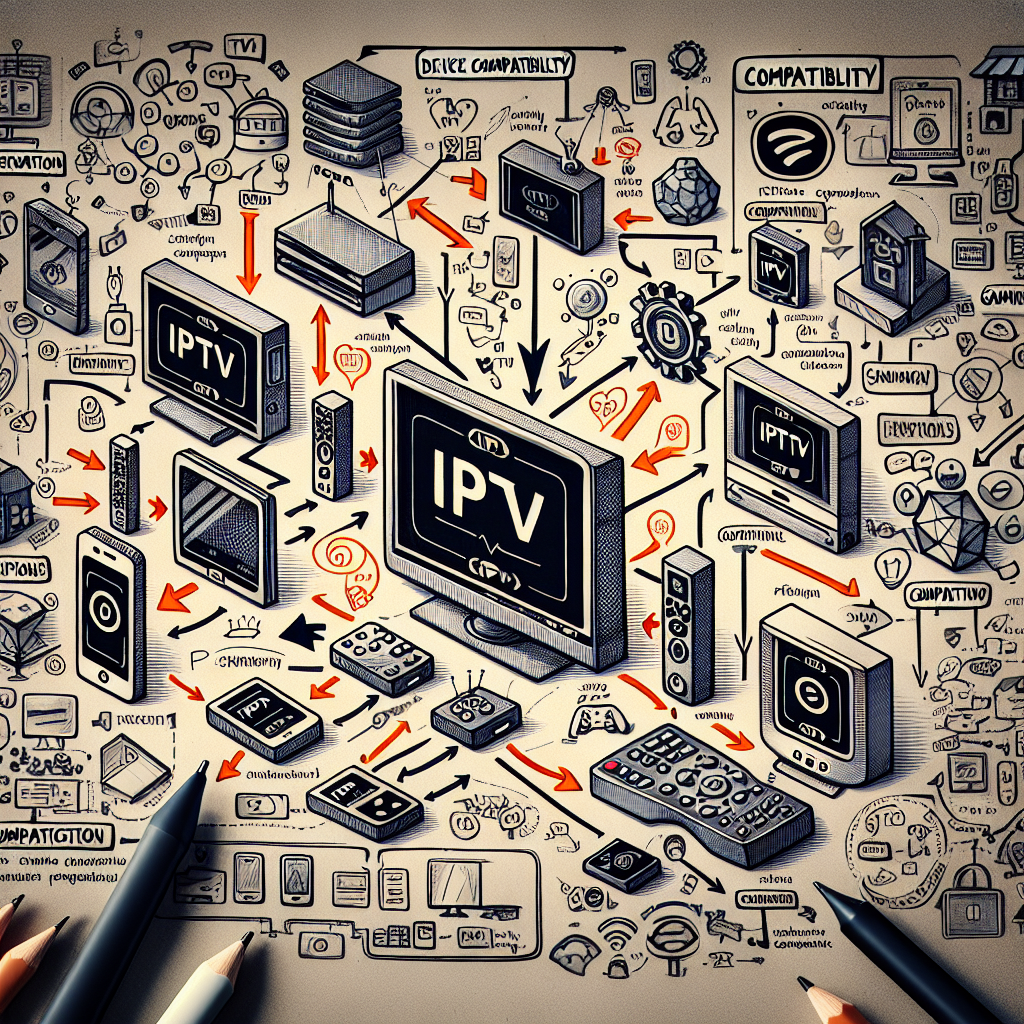Understanding IPTV Device Compatibility: A Comprehensive Guide
: "compatibility" / GotNET / iptv / technology
Ad Details
-
Ad ID: 265
-
Added: November 16, 2024
-
Views: 65
Description
Navigating the world of IPTV device compatibility can feel overwhelming, particularly with the myriad of options and technologies vying for your attention. If you’re tired of buffering, subpar picture quality, or devices that don’t meet your streaming needs, you’re not alone. This guide on IPTV device compatibility will delve deep, helping you make informed choices that enhance your viewing experience. By understanding the nuances of device compatibility, you’ll gain insights that can transform your IPTV setup into a seamless entertainment powerhouse.
Assessing IPTV Device Compatibility for Optimal Performance
Understanding IPTV device compatibility is crucial for achieving optimal performance and ensuring a smooth viewing experience. The first step in this assessment is to evaluate the specifications of your chosen IPTV service provider. Different providers have various requirements regarding hardware capabilities, operating systems, and network parameters. For instance, some services are optimized for specific devices like Android TV, while others may function better on proprietary set-top boxes. By aligning your device choice with the specifications and recommendations of your provider, you can avoid frustrating connectivity issues that interrupt your entertainment.
Another vital aspect to consider is the network infrastructure. IPTV streaming can be demanding on your internet connection, often requiring a stable and high-speed broadband service. Low bandwidth or unreliable connections can lead to latency, buffering, and a degraded viewing experience. When assessing device compatibility, check for features such as Ethernet ports for wired connections, or robust Wi-Fi capabilities if you are relying on a wireless setup. Ensuring that your IPTV device supports the latest networking standards like Wi-Fi 6 can significantly enhance streaming quality and reduce interruptions.
Moreover, firmware updates and software support play a pivotal role in device compatibility. Manufacturers frequently release updates to enhance performance, fix bugs, or expand compatibility with different streaming services. Before making a purchase, research the frequency of updates and the manufacturer’s commitment to ongoing support. Devices that lag in updates may become obsolete quicker than others, limiting your ability to access new features or content. By prioritizing devices that are regularly maintained, you can ensure a longer lifespan and better performance of your IPTV system.
Key Factors Influencing IPTV Device Selection and Use
The landscape of IPTV device selection is vast and encompasses various factors that influence both choice and usage. One of the most important considerations is the operating system. Different devices run on distinct operating systems, such as Android, iOS, or proprietary platforms. Understanding the nuances of these systems can help you determine which one best aligns with your personal preferences and the content you wish to access. For example, if you are inclined to use apps that are only available on the Android platform, selecting an Android-based device will be imperative for optimal content accessibility.
Another critical factor is the user interface and experience. A user-friendly interface can make or break your streaming experience. Devices with intuitive menus, voice control, and easy navigation can significantly enhance usability, especially for those less tech-savvy. Look for devices that offer customizable home screens and quick access to your favorite channels. Reviews and user feedback can provide insights into how well a device performs in real-world conditions, shedding light on interface quality and responsiveness.
Lastly, compatibility with multiple streaming protocols should not be overlooked. Some IPTV providers use proprietary protocols that may not be supported by all devices. Investigate whether the device supports popular streaming protocols like HLS (HTTP Live Streaming) or MPEG-DASH. This compatibility will ensure that you can seamlessly access a wide variety of content without technical hiccups. By prioritizing devices that embrace a broad range of streaming technologies, you can future-proof your setup against the rapid evolution of IPTV services.
In conclusion, understanding IPTV device compatibility is essential for creating a streamlined and enjoyable viewing experience. By carefully assessing device specifications, network requirements, and the overall user experience, you can make informed decisions that will elevate your IPTV setup. Don’t let compatibility issues dampen your entertainment; take control of your viewing experience today. Explore various devices, read user reviews, and ask questions to ensure you find the perfect fit for your IPTV needs. With the right approach, you can unlock the full potential of your IPTV service and enjoy seamless streaming like never before.
Enhancing Family Safety: A Guide to IPTV Parental ControlsStep-by-Step Guide to Setting Up IPTV with a VPNUnderstanding and Resolving IPTV Playback Errors: A GuideRelevant LinkRelevant LinkRelevant LinkExploring the Rich Tapestry of Christmas FlavoursExperiencing Christmas Eve Traditions in Miller’s PointExploring the Magic of Christmas at the Plaza HotelRelevant LinkRelevant LinkRelevant LinkAlex Formenton: Latest Updates on His NHL JourneyUncovering the Truth: Inside the World of Dirty NewsAishwarya Rai: Latest Updates on Her Career and ProjectsRelevant LinkRelevant LinkRelevant Link






